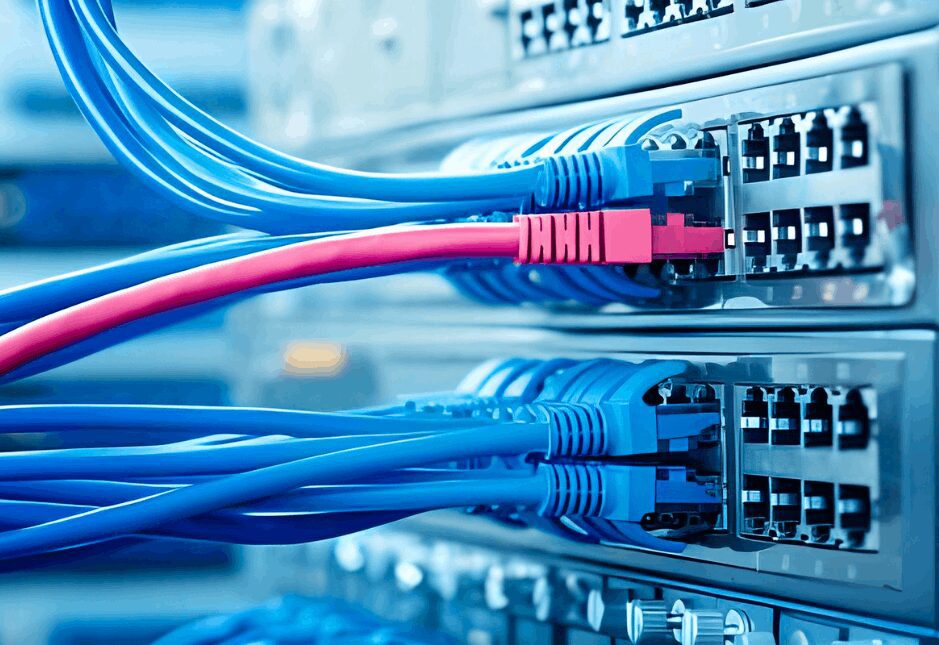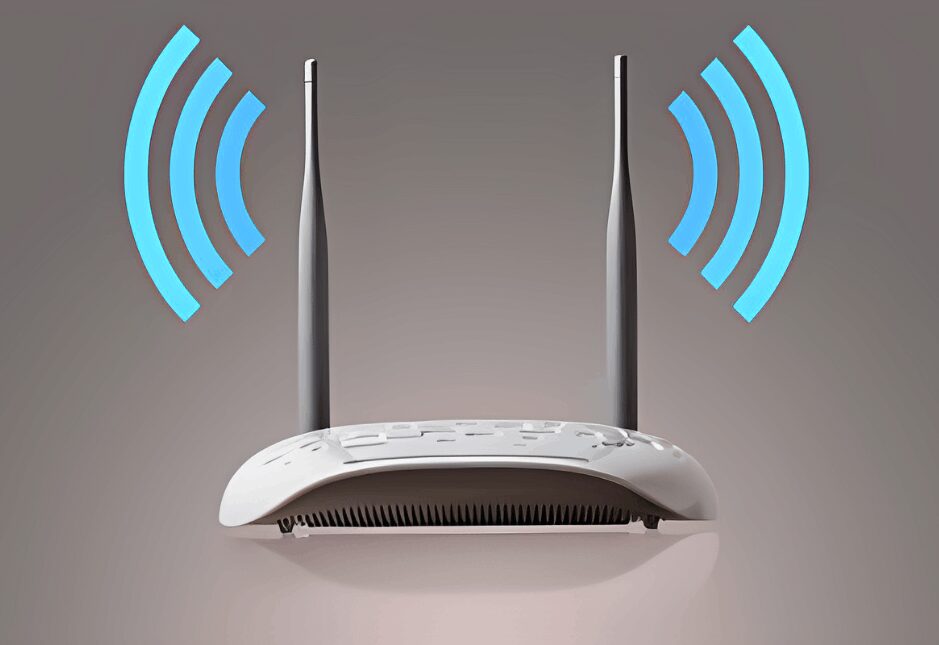When it comes to paying up to £40 for your ADSL Broadband, you should know what you’re getting in return.
ADSL is a communication technology that helps send data quickly over copper wire telephone lines to you. Different from old dial-up internet, it is always on and ready to use.
The ‘asymmetric’ part of ADSL is important. It means most of the data travels to you, making downloads fast.
This communication system might appear complicated due to the jargon surrounding the topic, however it doesn’t have to be.
In this blog, you’ll discover what does ADSL stand for and how it works. Additionally, we’ll break down its speed, how it compares to other connection networks, and how you can install it.
What Is ADSL?

ADSL, which stands for Asymmetric Digital Subscriber Line, is a method introduced by communication companies in 1979. It allows you to access the Internet using your existing telephone line. This method is particularly popular in areas where phone lines are already in place.
The term ‘asymmetric’ in ADSL refers to how it splits its channels between internet and phone calls. It cleverly uses the higher frequencies for the internet connection and the lower frequencies for phone calls. This division allows both services to operate simultaneously without interfering with each other.
How Does ADSL Broadband Function?
ADSL broadband uses the Discrete Multi-Tone Technique which involves separating the channels unequally. Therefore, there are more channels sending data to the user as opposed to upstream. Additionally, there are idle channels that separate the internet and phone calls.
Here’s how ADSL separates the streams:
- Idle: There are 1 – 5 channels you won’t use.
- Upstream: You’ll use 1 of them for ‘control’ and 5 – 29 to send information to online platforms.
- Downstream: Out of 31 – 255 channels, you’ll use one for ‘control’ and the rest to receive data.
Some of these are ‘fast’ or ‘interleaved’. The fast channels may drop in quality and have errors from ‘dropped bits’. Meanwhile, the interleaved ones give accurate data though you might get some lag.
How Fast Is ADSL?
Now that you know what is adsl and how it works, let’s explore its speed.
ADSL is faster than dial-up internet, which it replaced. Unlike dial-up, it stays on and doesn’t require you to choose between a call and the internet. While residents can expect ranges between 512 Kbps to 6 Mbps, it has a much higher maximum of over 100 Mbps.
However, this system offers a slower connection than fibre which can reach 900 Mbps, and 4G mobile at 80 Mbps. Nevertheless, this type of connection is reliable.
What Affects the Speed of ADSL?

Here are a few things that decide the speed of the internet:
- Technology: As scientists developed this communication method, they found ways to increase the quality of the connection. However, surge protectors, long telephone cords, and low-quality filters will degrade the connection.
- Service Provider: Different companies offer varying quality of internet broadband.
- Distance: Past 2 km from the telephone exchange, your connection quality drops. However, the service provider may use loop extenders to repeat the signal. This ensures that even past 8 km, the internet connection is still within acceptable standards.
- Phone Line: The more deteriorated the cables are, the worse the connection.
- Usage: The more people share the broadband, the slower the speed since it’s shared between users.
ADSL vs SDSL

These are both digital subscriber lines. And so, they both use existing phone lines to provide an internet connection. The difference lies in the division of their channels.
The asymmetric method favours downstream data flow. Meanwhile, SDSL uses an equal number of channels whether receiving or sending data.
If you only download content, then the asymmetric connection suits you better. However, if you upload a lot of content, SDSL has a greater advantage.
So while the asymmetric internet is useful for a resident that downloads entertainment, SDSL would suit a business that provides information to their client. This is why the asymmetric connection is more common since it’s geared towards the typical residential consumer.
Moreover, symmetrical networks typically cost more. And so, commercial entities are more likely to be able to afford this type of communication network.
How Do You Install ADSL?

As you now know what is ADSL broadband, you might wonder how you can get it. In the beginning, you’ll need to locate a local internet provider that offers this network. Then, to install your ADSL connection you should:
1. Lay Down Phone Lines
To set up an ADSL broadband, you first need the copper wires that’ll transfer your data. Since this connection uses your phone line, it’s cheapest if you already have it in your home or business. Otherwise, you’ll need to install these wires on your property and have the service provider connect them to the larger network.
2. Attach a Filter to Your Line
Once you’ve ensured you have a line the internet provider can use, they’ll put a microfilter on your line. This gadget separates your phone channels from the internet’s high frequencies. And so, you’ll still be able to talk while you’re using the internet. You can even add another internet service through the same phone line.
Originally, a technician would install the filter outside your property near the service provider. Now, you can install the filter yourself at the phone outlet within your property. However, this type of filter can cause an echo which degrades the quality of your internet, unlike the technician’s installation.
3. Pay the Subscription Fee
After the service provider has put a filter on your phone, they’ll enable the internet from their end. Then, you’ll just need to ensure you’ve paid for your service and you’ll have access to the internet.
Originally, this communication system was so expensive that most residents couldn’t afford it. However, as technology advanced, prices dropped. Now, it typically costs less than optic fibre so long as you already have a phone line: £19.99 – £38.95 per month.
Conclusion
Now that you understand what is ADSL and its use of your telephone line to provide an internet connection, it’s important to consider its relevance today. Despite being a system that’s over 40 years old, ADSL is still commonly used in residences for broadband internet. This popularity is partly because it’s simple and cost-effective to install, especially if you already have a fixed phone line. In terms of speed, ADSL can even rival some 4G networks.
However, it’s crucial to note that ADSL is not as fast as fibre optic connections. It also tends to experience speed drops during peak usage times and over long distances. Therefore, before choosing this type of connection, you should think about your internet needs and usage. If your activities require high-speed internet or you’re located far from the service provider, ADSL might not be the best option for you.

